
A Dog Really Can Be Your Best Friend
As we age, it’s important to keep our minds and bodies active.
One great way to do this is by owning a dog.
Not only are dogs wonderful companions, but they can also provide seniors with much-needed exercise.
However, before you go out and adopt a dog or puppy, there are a few things you should know about dog training for seniors.
You need to be a responsible dog owner, because your dog’s life and well being depends on you.
You are not as agile as you were when in your 20’s.
Dogs can get excited and knock you down, so stay alert.
Here is a link for some Balance Exercises.
Put Your Cell Phone Down!
Cell phones are a distraction for YOU and could lead to an accident with your dog if you are not paying attention.
Also, you should choose a breed that will be well suited for your situation in life.
If you are older, a high energy Doberman Pinscher may not be the best choice.
There are many dog breeds that will compliment your lifestyle, so do a little research.
I am an affiliate with some of the companies below and may receive compensation from them at no extra cost to you.
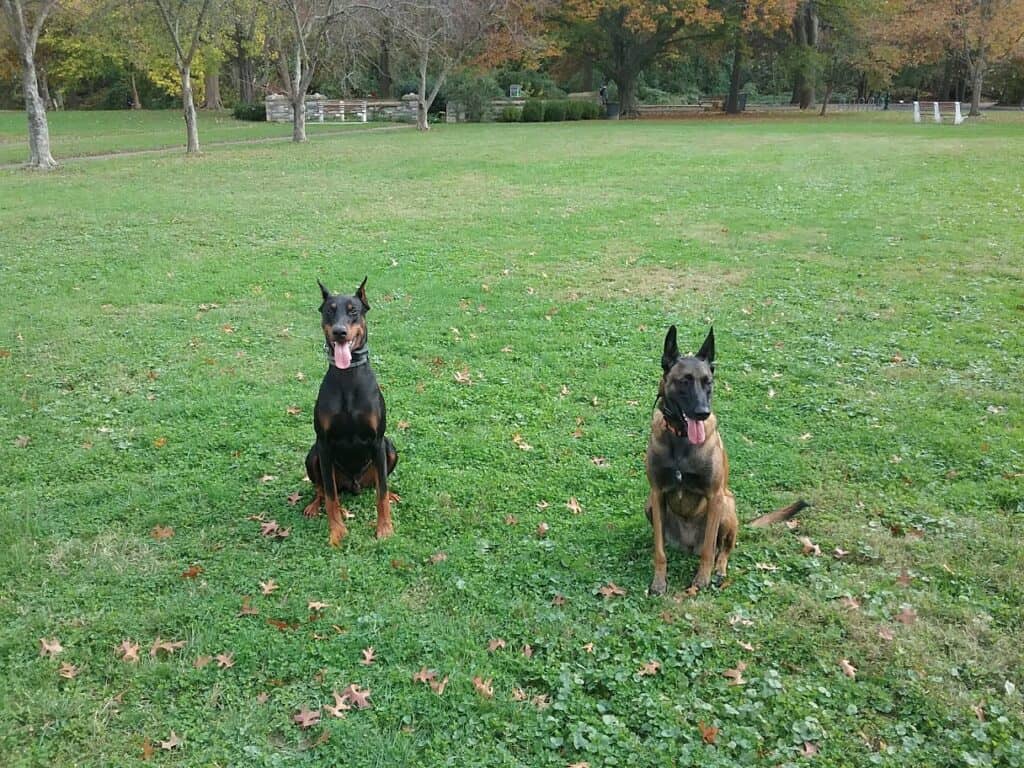
Why Train Your Dog
Dog training is not only for obedience, but it’s also a way to build a bond between you and your dog.
It’s a chance for you to learn about your dog’s individual personality and how he or she learns best.
Training also provides mental stimulation for your dog.
A dog’s natural behavior may not always be correct behavior especially around other dogs.
Socialization with other dogs is important if you are going take your dog in public.
Most dog owners will agree that both the dog and you will have a much better life together after some training.
Who Should Train Your Dog
The short answer is YOU.
If you don’t know where to begin, click here for a starting point. BrainTraining4Dogs .
Another option is to find a local dog trainer. More on that later…
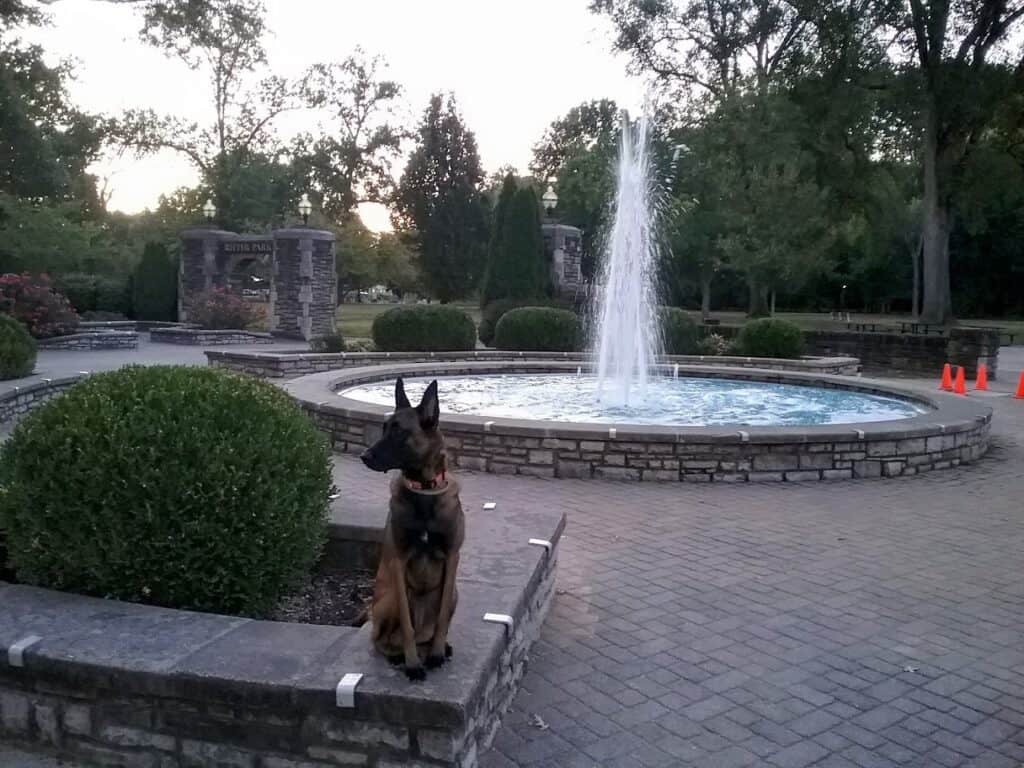
How Often Should You Train Your Dog?
Ideally, you should train your dog for at least 15 minutes a day.
However, if you are short on time, you can break this up into two or three shorter sessions throughout the day.
Keep in mind that puppies have shorter attention spans than adult dogs, so you may need to start with shorter training sessions and gradually increase the time as he gets better.
Equipment You Will Need
You will need a flat collar, a 15 ft. leash, and training treats. I personally use a retractable leash for reasons I’ll share later.
Start With Basic Commands
Always use a calm voice when giving commands.
Sit, stay, come, down, and off are all good places to start.
Not only will this help your dog learn to follow basic commands, but it will also give you a good foundation on which to teach new tricks.
Once these are second nature you can move on to advanced training.
If you are walking your untrained dog on a leash and it takes off, it can pull you down which can lead to possible injury.
Seniors who fall, have harder time healing than younger folks.
Three of the best commands to start with are Come, Sit, and Off.
Once these have become second nature, it’s time to add more commands.
Get Your Dog To Come
It’s one of the most frustrating things that can happen when you’re out walking your dog – they see something they want to chase and before you know it, they’re off!
You call after them but they’re not interested, they just want to keep running.
So how do you get your dog to come back when you call them?
Using a retractable leash, stand a few feet away from your dog with your thumb on the brake button.
Say your dog’s name immediately followed by COME!
Gently pull on the leash until he starts moving toward you.
As he moves towards you, release the brake button and the slack will automatically be taken up so your dog doesn’t trip.
Give him praise and a reward when he comes to you, but make sure he comes all of the way to you.
Give him a treat reward when he completes the task.
Increase the distance as he gets better.
Distance equals difficulty, so master the simple things first.
Many places have leash laws, so be aware of your surroundings.
Don’t let your dog off leash in public until you have a consistent recall with him.
A retractable leash is a valuable tool when training your dog to come.
I think they get a lot of bad press, because some owners don’t use them correctly.
Click HERE to see one of the best on the market.
You can guide your dog back to you and the leash will not get tangled up as a regular 15 ft lead will.
A word of caution, DO NOT GRAB THE LEASH WITH YOUR FREE HAND.
Injury may occur if your dog decides to take off unexpectedly. See Video.

Sit Command
The sit command is one of the easiest dog commands to teach, and it is also one of the most useful.
SIT, can be used in a variety of situations, such as when you want your dog to stay calm and not jump on guests or beg for food at the dinner table.
To teach your dog the sit command, start by having him stand in front of you.
Then, hold a treat close to his nose and say the command “sit.”
As he smells the treat, slowly move it up and back so that he has to tilt his head back to keep smelling it.
His bottom should start to lower into a sitting position.
As soon as his bottom touches the ground, say “YES” or “Good Boy” and give him the treat.
Those are known as “Marker” words which reinforce correct behavior.
Pick one and be consistent with it.
If he doesn’t quite get the hang of it at first, that’s okay.
Just keep practicing and he’ll eventually catch on.
Once he knows the sit command, you can start using it in different areas of the house or yard so he will eventually do it without hesitation.
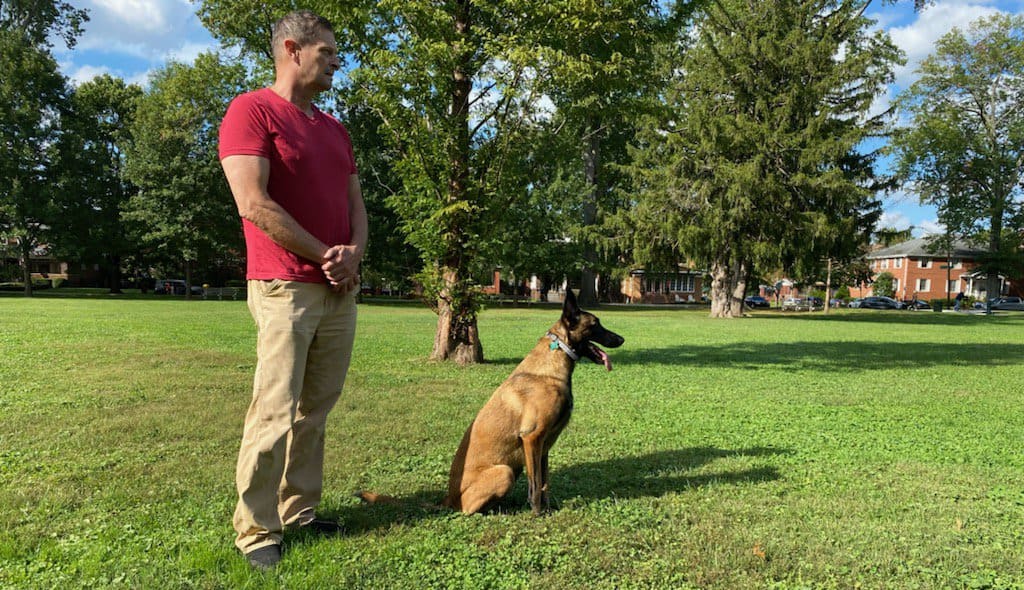
OFF Command
One of the most important commands you can teach your dog is the “off” command.
This command is essential for keeping your dog safe, both from harm and from causing harm to others.
The “off” command tells your dog to get off of something, whether that be a piece of furniture, a person, or another animal.
Or just think of it as “Knock it Off”.
In my opinion this is where the E-collar is one of the best tools you can use.
I used to train dogs for a professional dog training company and was taught the right way to use them.
We always used the retractable leash with the E-collar and it worked very well.
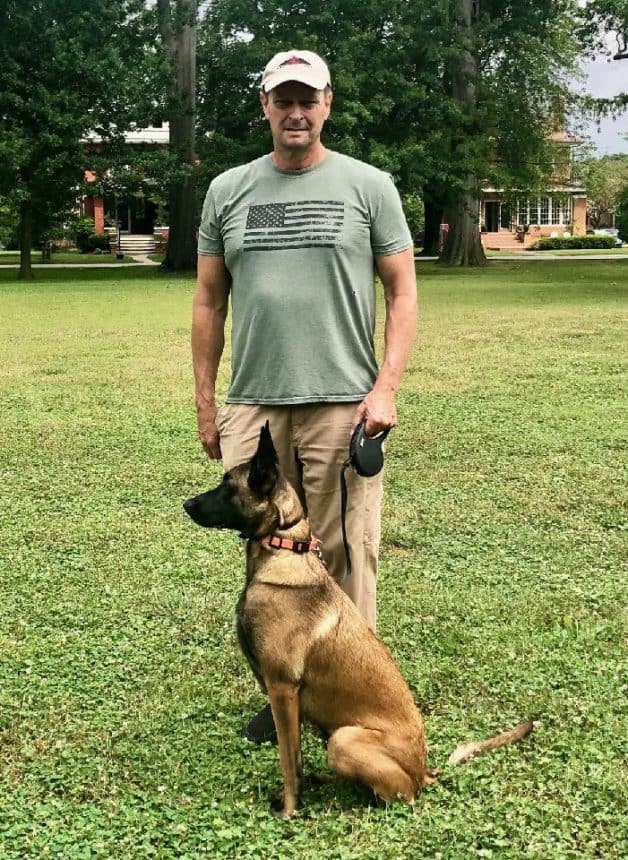
I realize some people are against their use.
I was one of those people until the owner (whose family has been training dogs professionally over 40 years} taught me how they work and how to use one correctly.
I am an avid fan now.
I have a high drive Belgian Malinois who never pulls when on leash and instantly recalls when off leash.
Use a High-Value Treat As a Reward
Dogs are motivated by food, so using training treats that they really want will help encourage them to come back to you.
Many trainers use these techniques which is also referred to as reward based training.
Try something like chicken, cheese or liver pate.
Use treats sparingly.
Like with children, dogs respond well to positive reinforcement in the form of treats.
However, it’s important not to overdo it with the treats or your dog may become overweight.
A good rule of thumb is to give your dog a treat only after he or she has successfully completed a command.
Other reward based training methods can be a favorite toys.
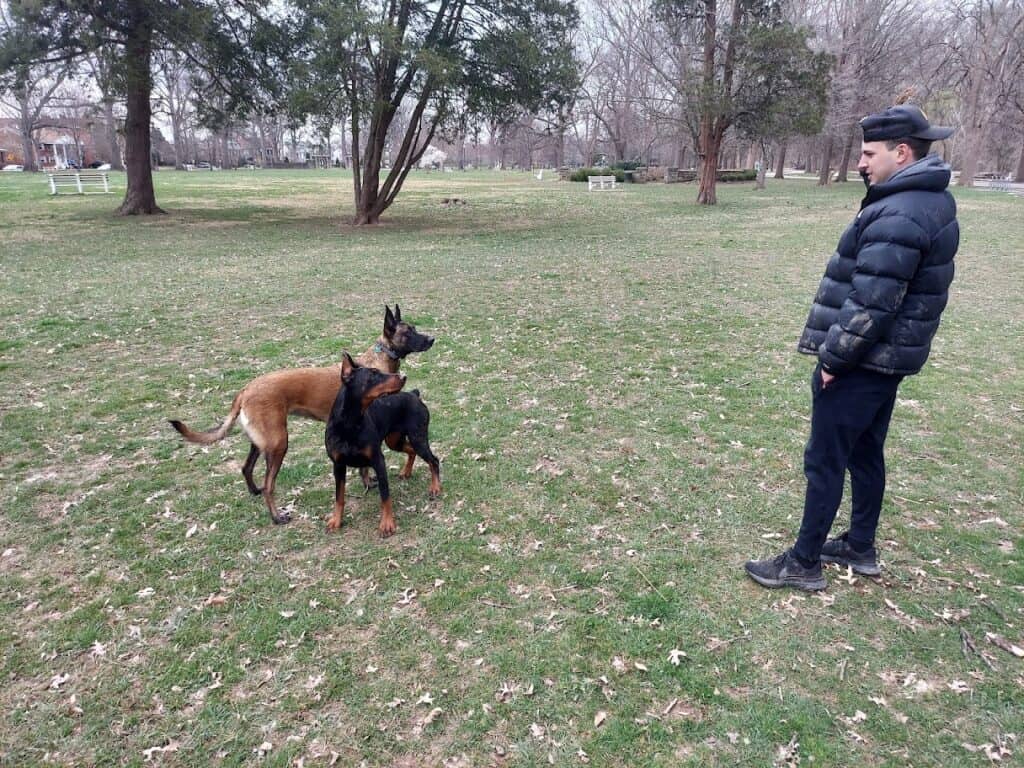
Use An Electronic Collar / Shock Collar
E-collars, (commonly called shock collars) work very well if you know how to use them.
If you are going to use an e-collar, search out instruction for proper use.
Some dog trainers are against using shock collars and only use reward based methods.
I train dogs with a mixture of both e-collar and reward based.
Police and military dogs are commonly trained with shock collars, because they are usually a high drive breed.
A shock collar is well suited for getting rid of unwanted behaviors, such as constant barking and jumping on people.
This is negative reinforcement.
Negative reinforcement is considered one of the aversive training methods, but that can also be as simple as yelling at them or pulling on a choke collar.
Here are a couple of E-Collars that I recommend and have used.
The E-Collar Technologies collar and Dogtra.
If you get one, don’t buy the cheap ones.
These high end models have trusted calibration and if something does go wrong, they will replace them during the warranty period.
Practice in Different Environments
Don’t just practice in your backyard, try calling your dog when you’re out on a walk or at the park.
This will help them understand that they need to come back to you no matter where they are.
As they progress, add some distractions such as people or other friendly dogs.
A dog learns quickly when you reinforce good behavior.
Dogs need mental stimulation along with physical exercise.
That’s why some dog owners pursue dog sports as a training outlet.
Again, check out BrainTraining4Dogs.

Be Consistent
Dogs thrive on routine and consistency.
So, it’s important to be consistent when training your dog.
That means using the same commands, intonation, and body language each and every time.
Consistency will help your dog learn faster and make progress more rapidly.
Be Patient
Dogs learn in different ways.
If they don’t get it right away, keep practicing and eventually they’ll catch on.
When you are teaching your pet new skills, you are training a new behavior.
Always remember that puppies will take a little longer to learn these skills.
With a little patience and training, you can get your dog to come back to you every time you call them.
Soon you’ll be able to enjoy walks with your dog without worrying about them running off!
With enough patience and practice, I’ve gotten my dog to do what I ask her to.

Take Things Slow At First
When you first start training your dog, it’s important not to try and do too much too quickly.
Start with one or two commands and master those before moving on to others.
Trying to do too much at once will only confuse your dog and make the whole process take longer.
Go at your own pace.
When training your dog, it’s important to go at a pace that works for you.
If you’re feeling overwhelmed or like you’re not making progress, take a break and pick up the training at another time.
There’s no rush; remember, this is supposed to be fun!

Persevere Through Setbacks
Like with anything in life, there will be days (or even weeks) where everything seems to be going wrong .
Your dog just doesn’t seem to be getting it no matter how hard you try .
Don’t worry , these days are normal and happen to everyone .
The key is not to get discouraged and give up.
Persevere through the tough times and you’ll eventually get past them.
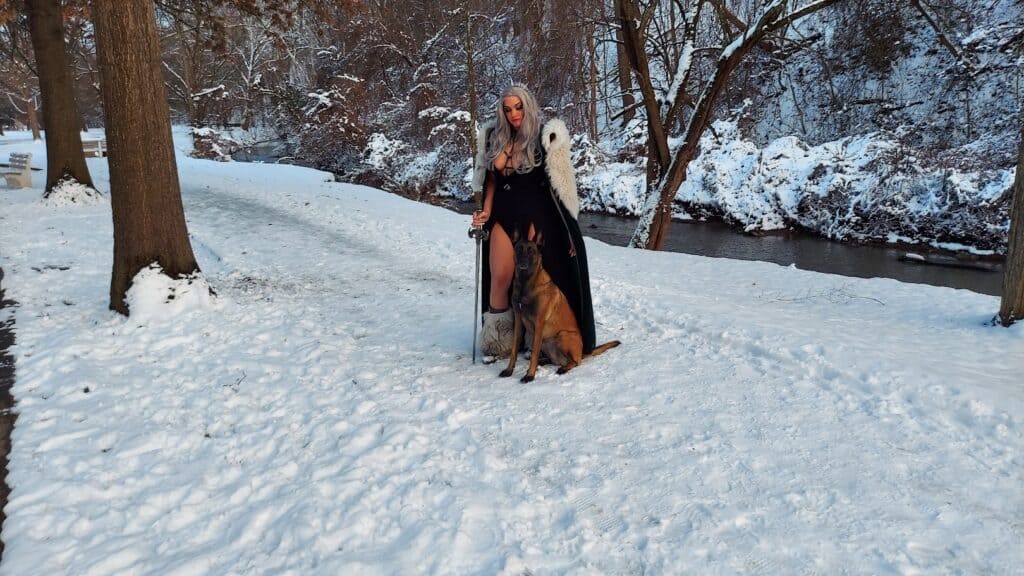
Get Help From A Professional
Training a dog can be difficult, especially if you’re new to it or if your dog is particularly stubborn.
If you find yourself struggling, reach out to a professional dog trainer for help.
They can give you personalized advice and tips that will make training much easier.
There are many dog trainers out there, but not all of them are created equal.
Find one who will teach you and train your dog together.
Search reviews to find the dog trainer who will fit your needs the best.
Some dog trainers use clicker training along with positive reinforcement.
Others use shock collars with negative reinforcement.
And some use a mixture of both.
Here is a link to a professional dog trainer who has put together an online course that you can used to build a positive relationship with your dog.
You can move through the training process easier, when someone is showing you how.
Also, think about one on one classes since many dogs need extra attention they won’t get in a group class.
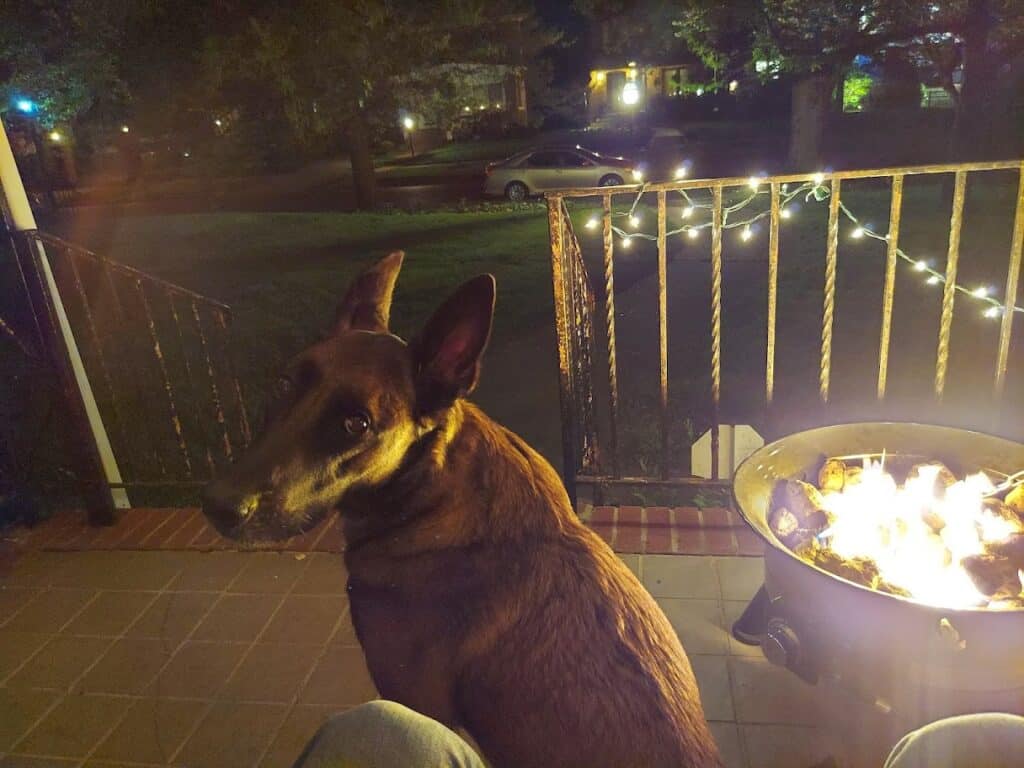
Conclusion:
Training a new dog can be difficult at any age , but it’s especially challenging for seniors.
However , by following these simple tips , you can set yourself up for success .
Check out BrainTrainin4Dogs.
Just remember : be consistent , take things slow , use treats sparingly , focus on basic obedience commands.
Don’t get discouraged if things get tough, you’ll both get through it.
And who knows?
Maybe after spending some time training your new friend, you’ll find yourself feeling more sharp and alert than ever before—proof that there truly is no age limit when it comes to learning new things!
